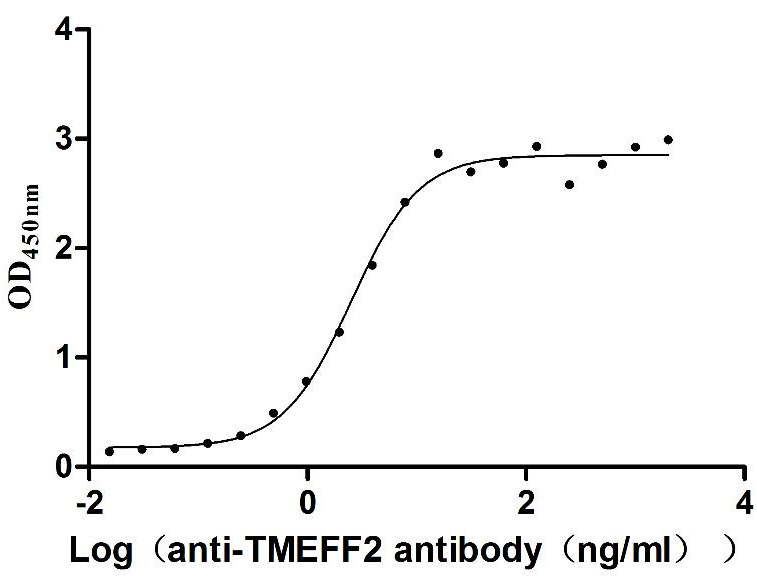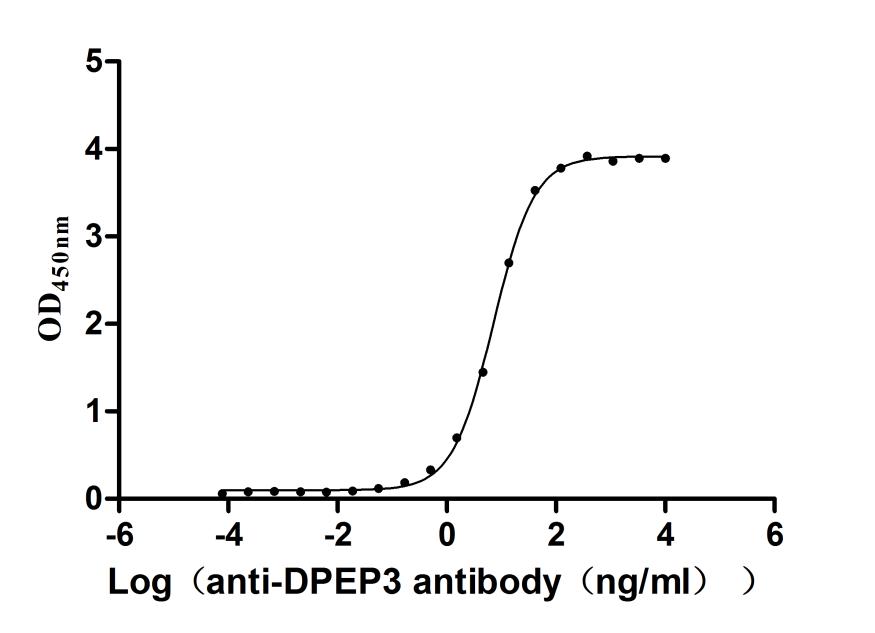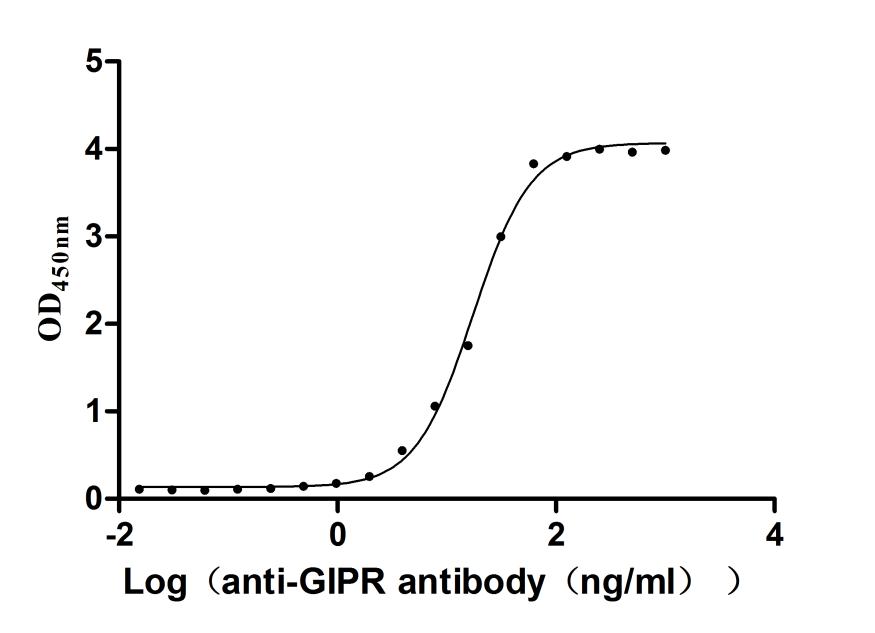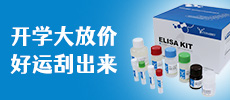Recombinant Rat DNA damage-inducible transcript 4 protein (Ddit4)
-
中文名称:Recombinant Rat DNA damage-inducible transcript 4 protein(Ddit4),Yeast
-
货号:CSB-YP823776RA
-
规格:
-
来源:Yeast
-
其他:
-
中文名称:Recombinant Rat DNA damage-inducible transcript 4 protein(Ddit4),Yeast
-
货号:CSB-EP823776RA
-
规格:
-
来源:E.coli
-
其他:
-
中文名称:Recombinant Rat DNA damage-inducible transcript 4 protein(Ddit4),Yeast
-
货号:CSB-EP823776RA-B
-
规格:
-
来源:E.coli
-
共轭:Avi-tag Biotinylated
E. coli biotin ligase (BirA) is highly specific in covalently attaching biotin to the 15 amino acid AviTag peptide. This recombinant protein was biotinylated in vivo by AviTag-BirA technology, which method is BriA catalyzes amide linkage between the biotin and the specific lysine of the AviTag.
-
其他:
-
中文名称:Recombinant Rat DNA damage-inducible transcript 4 protein(Ddit4),Yeast
-
货号:CSB-BP823776RA
-
规格:
-
来源:Baculovirus
-
其他:
-
中文名称:Recombinant Rat DNA damage-inducible transcript 4 protein(Ddit4),Yeast
-
货号:CSB-MP823776RA
-
规格:
-
来源:Mammalian cell
-
其他:
产品详情
-
纯度:>85% (SDS-PAGE)
-
基因名:
-
Uniprot No.:
-
别名:Ddit4; Redd1; Rtp801DNA damage-inducible transcript 4 protein; HIF-1 responsive protein RTP801; Protein regulated in development and DNA damage response 1; REDD-1
-
种属:Rattus norvegicus (Rat)
-
蛋白长度:full length protein
-
表达区域:1-229
-
氨基酸序列MPSLWDRFSS SSSSSSSSRT PAADRPPRSA WGSAAREEGL DRCASLESSD CESLDSSNSG FGPEEDSSYL DGVSLPDFEL LSDPEDEHLC ANLMQLLQES LSQARLGSRR PARLLMPSQL LSQVGKELLR LAYSEPCGLR GALLDVCVEQ GKSCHSVAQL ALDPSLVPTF QLTLVLRLDS RLWPKIQGLL SSANSSLVPG YSQSLTLSTG FRVIKKKLYS SEQLLIEEC
-
蛋白标签:Tag type will be determined during the manufacturing process.
The tag type will be determined during production process. If you have specified tag type, please tell us and we will develop the specified tag preferentially. -
产品提供形式:Lyophilized powder
Note: We will preferentially ship the format that we have in stock, however, if you have any special requirement for the format, please remark your requirement when placing the order, we will prepare according to your demand. -
复溶:We recommend that this vial be briefly centrifuged prior to opening to bring the contents to the bottom. Please reconstitute protein in deionized sterile water to a concentration of 0.1-1.0 mg/mL.We recommend to add 5-50% of glycerol (final concentration) and aliquot for long-term storage at -20℃/-80℃. Our default final concentration of glycerol is 50%. Customers could use it as reference.
-
储存条件:Store at -20°C/-80°C upon receipt, aliquoting is necessary for mutiple use. Avoid repeated freeze-thaw cycles.
-
保质期:The shelf life is related to many factors, storage state, buffer ingredients, storage temperature and the stability of the protein itself.
Generally, the shelf life of liquid form is 6 months at -20°C/-80°C. The shelf life of lyophilized form is 12 months at -20°C/-80°C. -
货期:Delivery time may differ from different purchasing way or location, please kindly consult your local distributors for specific delivery time.Note: All of our proteins are default shipped with normal blue ice packs, if you request to ship with dry ice, please communicate with us in advance and extra fees will be charged.
-
注意事项:Repeated freezing and thawing is not recommended. Store working aliquots at 4°C for up to one week.
-
Datasheet :Please contact us to get it.
靶点详情
-
功能:Regulates cell growth, proliferation and survival via inhibition of the activity of the mammalian target of rapamycin complex 1 (mTORC1). Inhibition of mTORC1 is mediated by a pathway that involves DDIT4/REDD1, AKT1, the TSC1-TSC2 complex and the GTPase RHEB. Plays an important role in responses to cellular energy levels and cellular stress, including responses to hypoxia and DNA damage. Regulates p53/TP53-mediated apoptosis in response to DNA damage via its effect on mTORC1 activity. Its role in the response to hypoxia depends on the cell type; it mediates mTORC1 inhibition in fibroblasts and thymocytes, but not in hepatocytes. Required for mTORC1-mediated defense against viral protein synthesis and virus replication. Inhibits neuronal differentiation and neurite outgrowth mediated by NGF via its effect on mTORC1 activity. Required for normal neuron migration during embryonic brain development. Plays a role in neuronal cell death.
-
基因功能参考文献:
- RTP801 is a novel downstream effector of mutant huntingtin -induced toxicity and that it may be relevant to the human disease. PMID: 25876513
- Redd1 expressions is markedly changed in the hippocampal CA1 region following chronic cerebral hypoperfusion. PMID: 27233899
- RTP801 is a novel parkin substrate that may contribute to neurodegeneration caused by loss of parkin expression or activity. PMID: 25101677
- REDD1 knockdown impaired autophagy in hypertrophied cardiomyocytes. PMID: 25450383
- REDD1 maintained mTORC1 repression and facilitated autophagy. REDD1 induction promoted phosphorylation of Akt and cell survival. PMID: 24018049
- RTP801 immunoreactivity was located in the cytoplasm and partly present in the mitochondria and down regulation bylight and cobalt chloride. PMID: 23978538
- In rodent retinopathy models, administration of the siRNA, PF-04523655, reduced RTP801 expression in the retina, consistent with the RNA-induced silencing complex (RISC) mechanism of action. PMID: 24458146
- Ligustilide exerts neuroprotective effects against I/R injury by promoting EPO transcription via an ERK signalling pathway and inhibiting RTP801 expression. PMID: 21410687
- A targeted gene expression system containing the RTP801 promoter significantly increases expression of the luciferase reporter gene and therapeutic vascular endothelial growth factor (VEGF) genes under hypoxic conditions in a spinal cord injury model. PMID: 21192293
- Endogenous RTP801 plays an essential role in temporal control of cortical development and in cortical patterning; RTP801 knockdown in vitro and in vivo accelerates cell cycle exit by neuroprogenitors and their differentiation into neurons. PMID: 21368030
- These findings indicated that enhanced expression of REDD1 may be an important mechanism that could partially explain the downregulation of mTORC1 signaling, and subsequent inhibition of protein synthesis in skeletal muscle during exercise. PMID: 21272563
- repression by testosterone of REDD1 involved in protection against glucocorticoid-induced muscle loss PMID: 20032058
- Identification of a novel hypoxia-inducible factor 1-responsive gene, RTP801, involved in apoptosis PMID: 11884613
- Thrombin and erythrocyte lysate are involved in HIF-1alpha upregulation through reducing HIF-1alpha degradation. PMID: 12045667
- In a PC12 model of Parkinson disease, RTP801 overexpression is sufficient to promote death but does not further elevate death caused by 6-OHDA. PMID: 17005863
- REDD1 is increased by acute EtOH intoxication but not in response to chronic alcohol feeding, not responsible for the rapid decrease in protein synthesis after acute EtOH administration. PMID: 18336631
- The expression and role of HIF-1 in pulmonary arteries of rat with hypoxia-induced hypertension are reported. PMID: 18850054
- REDD1 expression in response to hypoxia and dexamethasone is cell-type specific and that physiologically appropriate levels of PO2 should be used when investigating fetal lung development. PMID: 19127203
显示更多
收起更多
-
亚细胞定位:Mitochondrion. Cytoplasm, cytosol.
-
蛋白家族:DDIT4 family
-
数据库链接:
KEGG: rno:140942
STRING: 10116.ENSRNOP00000000703
UniGene: Rn.9775
Most popular with customers
-
Recombinant Mouse Prolactin receptor (Prlr), partial (Active)
Express system: Mammalian cell
Species: Mus musculus (Mouse)
-
Recombinant Mouse Claudin-18 (Cldn18)-VLPs (Active)
Express system: Mammalian cell
Species: Mus musculus (Mouse)
-
Recombinant Human Tomoregulin-2 (TMEFF2), partial (Active)
Express system: Mammalian cell
Species: Homo sapiens (Human)
-
Recombinant Human Dipeptidase 3(DPEP3), partial (Active)
Express system: Mammalian cell
Species: Homo sapiens (Human)
-
Recombinant Human Gastric inhibitory polypeptide receptor(GIPR),partial (Active)
Express system: Mammalian cell
Species: Homo sapiens (Human)
-
Recombinant Human Cadherin-1(CDH1),partial (Active)
Express system: Mammalian cell
Species: Homo sapiens (Human)


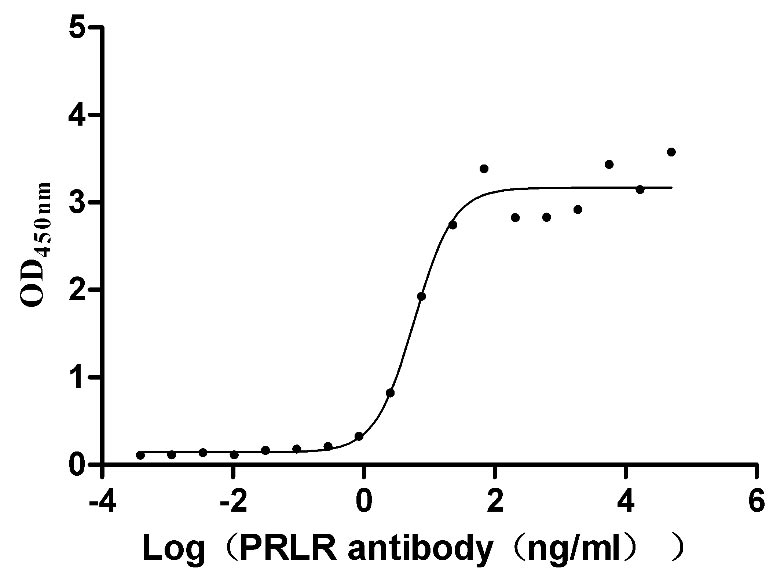
-AC1.jpg)
